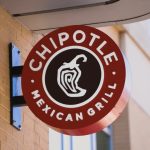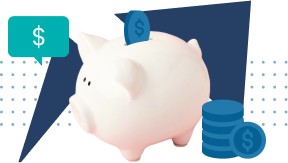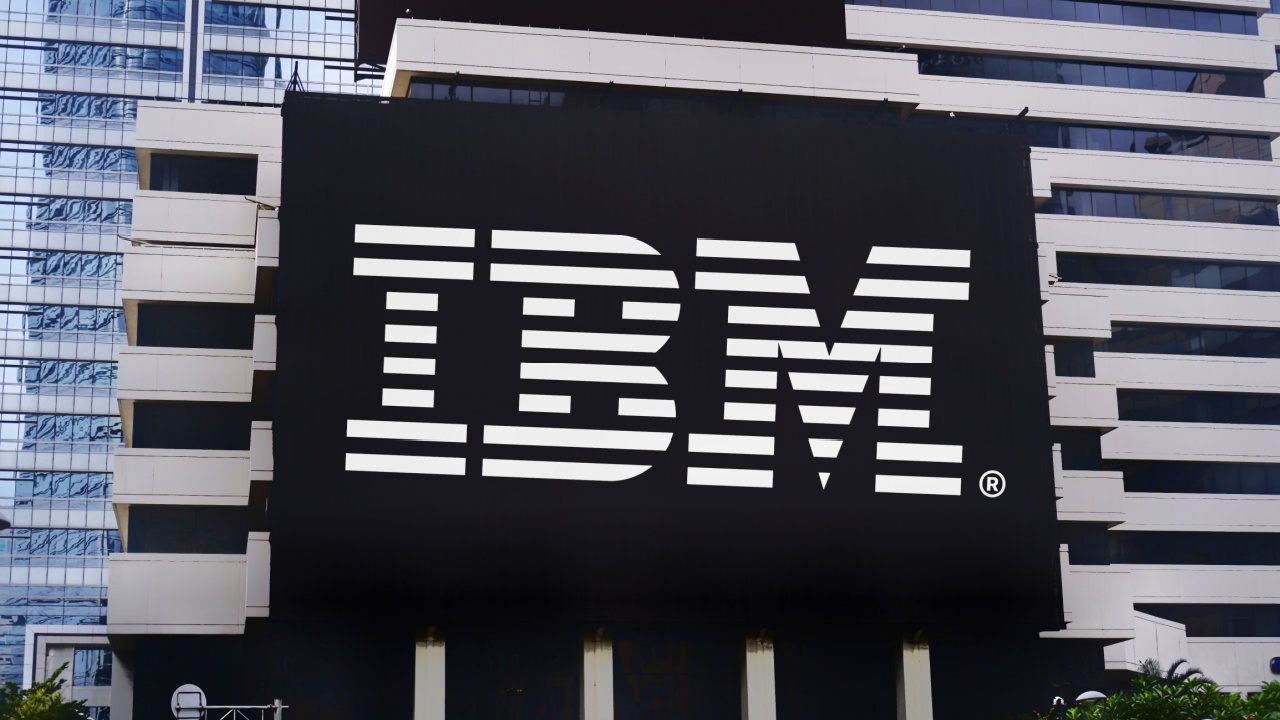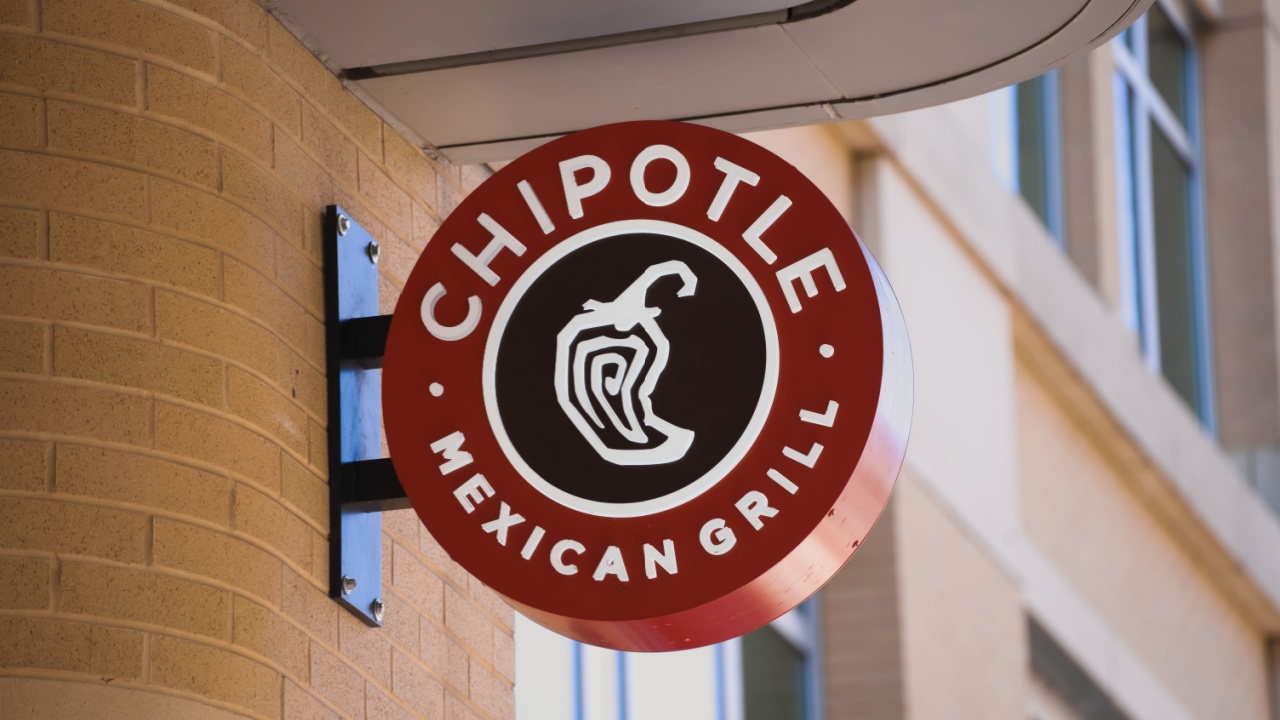A Review Of Dividend Safety Scores
Dividend safety serves as the foundation for conservative income investing and stress-free retirement living.
Companies that are able to continue paying and growing their dividends help us meet our investment goals and build wealth over time.
We created Dividend Safety Scores to help investors build safe dividend portfolios and avoid companies that are most at risk of cutting their dividends.
The following information is from our new Dividend Safety Scores guide, which can be found under the Resources menu for future reference.
What are Dividend Safety Scores?
Our Dividend Safety Score measures a company’s ability to continue paying its current dividend and helps investors find the safest sources of income for their portfolios.
Dividend Safety Scores analyze the most important metrics from a company’s financial statements and answer the question, “Is the current dividend payment safe?”
In many ways, Dividend Safety Scores can be thought of as being similar to “bond ratings” by credit agencies except they are applied to dividends rather than debt.
Brian Bollinger created Dividend Safety Scores. Brian is a Certified Public Accountant and worked as an equity research analyst at a multibillion-dollar investment firm prior to starting Simply Safe Dividends (more on his background here).
How are Dividend Safety Scores Calculated?
Our goal is to never own a business that reduces its dividend. Companies usually give off a number of warning signs before they actually cut their dividends.
The companies most likely to cut their dividends usually have some combination of high payout ratios, weak free cash flow generation, declining sales and earnings, weak balance sheets, cyclical operations, and no proven commitment to paying and growing dividends over time.
Dividend Safety Scores take into account more than a dozen fundamental factors that influence a company’s ability to continue paying dividends.
They are meant to be a much more comprehensive measurement of risk than simply looking at a company’s dividend growth streak (e.g. 23 years) and payout ratio.
Here are some of the main factors we use to assess a dividend’s safety:
- Earnings and free cash flow payout ratios
- Debt levels and coverage ratios
- Recession performance
- Dividend longevity
- Industry cyclicality
- Free cash flow generation
- Business model volatility
- Near-term sales and earnings growth
- Return on invested capital
Here is a rough estimate of how much each group of factors impacts our Dividend Safety Scores:
- Income Statement / Coverage metrics: 35-45%
- Balance Sheet / Credit metrics: 25-35%
- Dividend History / Longevity: 10-20%
No quantitative system is ever going to be 100% accurate, but Dividend Safety Scores help income investors identify and avoid companies that might be riskier than they desire – without needing to get into the weeds of balance sheets and income statements (although we always encourage it).
Interpreting Dividend Safety Scores
Dividend Safety Scores range from 0 to 100. A score of 50 is average, 75 or higher is excellent, and 25 or lower is weak.
A stock’s Dividend Safety Score represents its safety rank relative to all of the other dividend-paying stocks in the market.
For example, a Dividend Safety Score of 100 means the stock scored in the top 1% of all dividend stocks for safety and has an extremely reliable dividend.
Alternatively, a score of 1 indicates that the company scored lower than 99% of all other dividend stocks for safety and is one of the most likely companies to cut its dividend in the future.
The table below indicates how investors should interpret Dividend Safety Scores:
During the financial crisis (2008-09), roughly one-third of dividend-paying companies in the S&P 500 cut their dividends. Ideally all of those companies would have scored in the bottom 30-40% for Dividend Safety prior to their cuts.
By sticking with firms that score at least 50-60+ for safety, a lot of pain can potentially be avoided for income investors.
Dividend Safety Scores: Track Record
Since their launch in mid-2015, Dividend Safety Scores have flagged a number of major companies as high risk stocks before they cut their dividends.
As seen below, Kinder Morgan, ConocoPhillips, BHP Billiton, National Oilwell Varco, Noble Energy, Devon Energy, CONSOL Energy, and Anadarko Petroleum all scored in the bottom 10-20% for Dividend Safety and had an average score of 5 at the time of their dividend cut announcements.
| Ticker | Company Name | Dividend Cut Announcement Date | Dividend Safety Score | Dividend Cut % | Link |
|---|---|---|---|---|---|
| APC | Anadarko Petroleum | 02/09/2016 | 1 | -81 | Link |
| BHP | BHP Billiton | 02/23/2016 | 5 | -87 | Link |
| CNX | CONSOL Energy | 02/29/2016 | 0 | -100 | Link |
| COP | ConocoPhillips | 02/04/2016 | 17 | -66 | Link |
| DVN | Devon Energy | 02/16/2016 | 1 | -75 | Link |
| KMI | Kinder Morgan | 12/08/2016 | 8 | -75 | Link |
| NBL | Noble Energy | 01/26/2016 | 3 | -44 | Link |
| NOV | National Oilwell Varco | 04/11/2016 | 5 | -89 | Link |
In late April 2016, we began tracking dividend cut announcements for all companies that had Dividend Safety Scores in our database.
Since April 2016, companies reducing their dividends had an average Dividend Safety Score of 16 at the time of their announcements.
Companies that cut their dividends by at least 50% had an average Dividend Safety Score of 6.
The table below shows each company’s Dividend Safety Score at the time the dividend cut was announced, the magnitude of the cut, and a link to the original announcement from the company:
| Ticker | Company Name | Date of Cut | Safety Score | Dividend Cut % | Link | Note |
|---|---|---|---|---|---|---|
| AGNC | American Capital Agency | 07/27/2016 | 23 | -10 | Link | Volatile market conditions and unfavorable rates |
| AINV | Apollo Investment | 08/04/2016 | 23 | -25 | Link | High leverage; restructuring strategy |
| APC | Anadarko Petroleum | 02/09/2016 | 1 | -81 | Link | Weak energy markets; preserve cash |
| BHP | BHP Billiton | 02/23/2016 | 5 | -87 | Link | Weak commodity markets |
| CG | Carlyle Group | 04/27/2016 | 10 | -10 | Link | Challenging market conditions |
| CMO | Capstead Mortgage | 06/09/2016 | 23 | -12 | Link | |
| CNX | CONSOL Energy | 02/29/2016 | 0 | -100 | Link | Suspended dividend; weak natural gas and coal prices |
| COP | ConocoPhillips | 02/04/2016 | 17 | -66 | Link | Weak energy markets; preserve cash |
| CPSI | Computer Programs | 08/04/2016 | 13 | -47 | Link | Moved to a variable dividend policy in response to fluctuation in sales and profits |
| CRT | Cross Timbers Royalty | 05/20/2016 | 26 | -13 | Link | Hurt by lower oil prices |
| CRT | Cross Timbers Royalty Trust | 07/19/2016 | 29 | -11 | Link | Lower oil and gas volumes |
| CYS | CYS Investments | 06/08/2016 | 15 | -4 | Link | |
| DAKT | Daktronics | 06/17/2016 | 8 | -40 | Link | Lowered regular dividend and added special dividend (less predictable) |
| DVN | Devon Energy | 02/16/2016 | 1 | -75 | Link | Challenging energy markets; protect balance sheet |
| EEI | Ecology and Environment | 07/18/2016 | 82 | -17 | Link | Micro cap decided to invest more for growth; company is healthy |
| GG | Goldcorp | 02/25/2016 | 29 | -67 | Link | Weak production levels, slumping commodities |
| HWCC | Houston Wire & Cable | 08/09/2016 | 18 | -50 | Link | Weak industrial demand and depressed energy markets |
| JCS | Communications Systems | 08/18/2016 | 5 | -75 | Link | Losing money; wants to direct more resources to growth |
| KMI | Kinder Morgan | 12/08/2016 | 8 | -75 | Link | Preserve capital |
| MARPS | Marine Petroleum Trust | 05/20/2016 | 3 | -18 | Link | Hurt by lower oil prices |
| MARPS | Marine Petroleum Trust | 08/19/2016 | 6 | -41 | Link | Hurt by lower oil prices |
| MCC | Medley Capital | 08/09/2016 | 20 | -27 | Link | Falling net investment income (BDC) |
| MEMP | Memorial Production | 04/26/2016 | 2 | -70 | Link | Weak industry conditions, tighter credit, too much leverage |
| MTR | Mesa Royalty Trust | 08/19/2016 | 14 | -36 | Link | Hurt by lower gas prices |
| MUR | Murphy Oil | 08/03/2016 | 4 | -29 | Link | Depressed commodity prices |
| NBL | Noble Energy | 01/26/2016 | 3 | -44 | Link | Weak energy markets; preserve cash |
| NOV | National Oilwell Varco | 04/11/2016 | 5 | -89 | Link | Deteriorating market conditions; needed to improve future cash flow and preserve capital |
| NRT | North Eur. Oil Royalty Trust | 07/29/2016 | 18 | -38 | Link | Delayed royalty payments |
| POT | Potash | 07/28/2016 | 9 | -60 | Link | Fertilizer markets remain weak |
| SBR | Sabine Royalty Trust | 06/03/2016 | 27 | -38 | Link | Lower oil and gas volumes and prices |
| SJT | San Juan Basin Royalty Trust | 05/20/2016 | 17 | -32 | Link | Hurt by lower gas prices |
| SJT | San Juan Basin Royalty Trust | 08/22/2016 | 12 | -34 | Link | Hurt by lower gas prices |
| UAN | CVR Partners | 07/28/2016 | 18 | -37 | Link | Company was losing money |
| UG | United-Guardian | 05/13/2016 | 19 | -30 | Link | Sales down nearly 50% on marketing problems in China |
| WMB | Williams | 08/01/2016 | 3 | -69 | Link | Weak energy markets; needs to protect credit rating |
| MFIN | Medallion Financial | 08/02/2016 | 3 | -80 | Link | Underperforming loan portfolio; weak liquidity |












